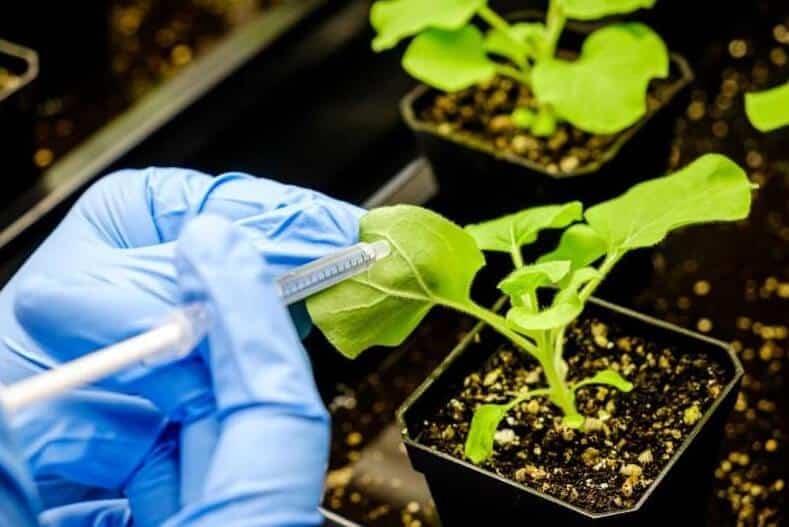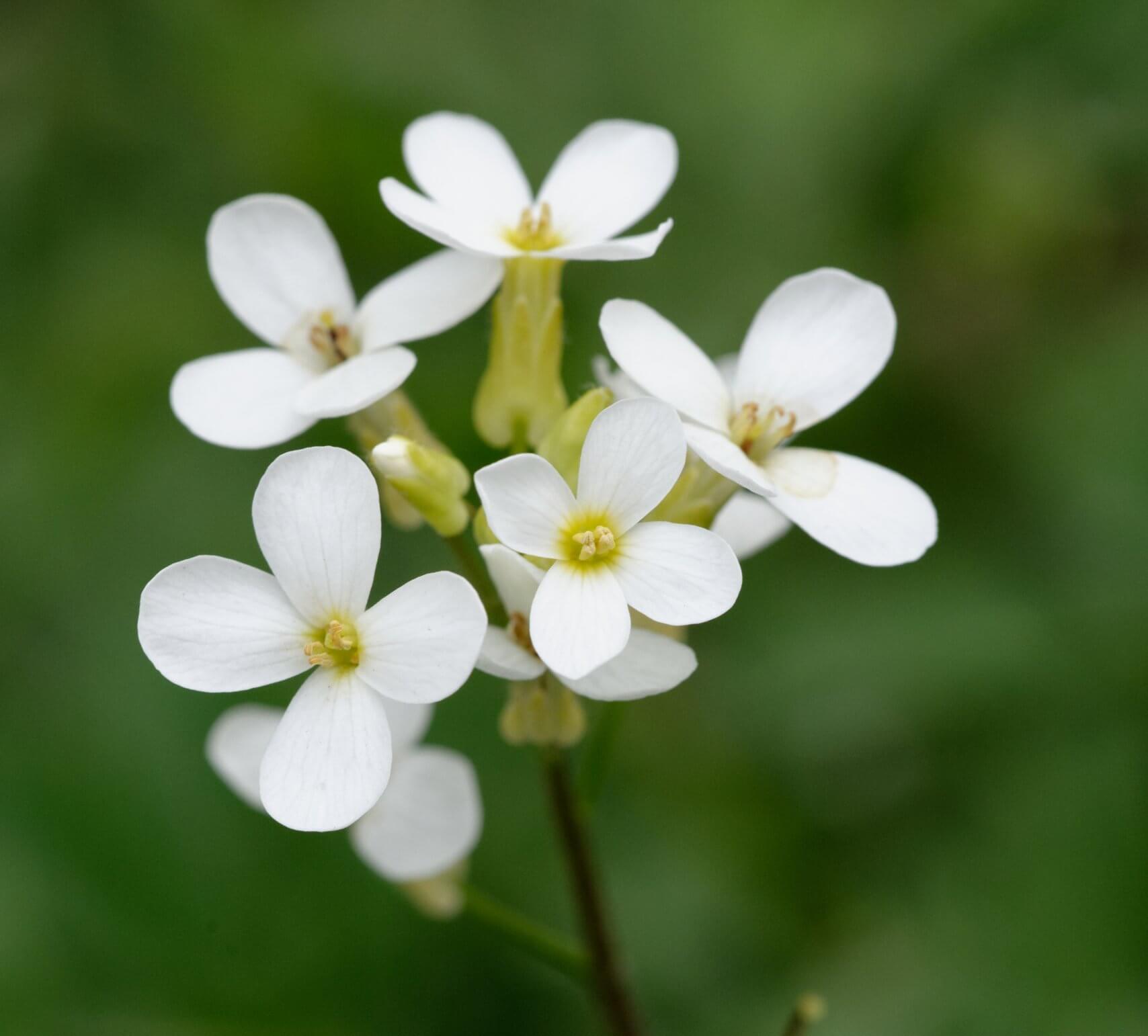Researchers from Singapore have succeeded in making the plant produce a larger amount of oil in its seeds - which may help in the fight against food insecurity in the world and make it possible to reduce deforestation for agricultural purposes. Will technology lead to a miracle?

If we were given the ability to perform miracles in honor of Hanukkah, we might choose to miraculously increase the amount of money in our bank account, add a few hours to the day or skip a flight to the other side of the world. Be that as it may, it is not certain that it would have occurred to us, of all the things in the world, to create a miracle precisely in the spirit of the holiday - and make the bottle of oil that is patiently waiting for us on the counter in the kitchen last longer.
However, even nowadays the amounts of oil are of great importance, less as a means of turning on lighting - more as a component and as a central source of energy in our diet. In fact, increasing the amount of oil in the plants we eat is an important goal for scientists. Recently, researchers from Singapore managed to achieve significant progress in the field, and caused the plant to accumulate an amount of oil in its seeds that is about 18-15 percent greater than what is normally found in them.
The new study, which was published in the scientific journal Science Advances, dealt with the white sedum plant (Arabidopsis thaliana), a herb with white flowers that is common in Europe, Asia and North Africa and is widely used in scientific research. The scientists made a genetic change in a protein called WRINKLED1 (or WRI1 for short), which has an important role in regulating the production of the oil produced by the plant, due to the fact that it affects the expressions of relevant genes. With the help of genetic engineering, the scientists changed the part of the protein that binds to DNA - and thus managed to make the protein bind to it better, and increase the amount of oil in the seeds.

The meaning of the application of the new development in edible seeds and nuts will be to increase the amount of calories in them - that is, those who eat them will be able to get by on a smaller amount of the seed or fruit. That way, it would be possible to use the same amount of food to feed a larger number of people. Alternatively, application of this development in seeds used for edible oil production may increase their oil yield.
Recently, the researchers behind the "miracle of the oil seeds" filed a patent application for the method they developed, and are currently looking for partners in the industry, with the aim of finding commercial applications for development. If the development is indeed adapted in the future to produce edible oil, and enters the commercial market, this could have significant implications. "Today we use about 50 percent of the earth's surface for agricultural purposes, More and more forests are cut down All the time to free up more land for agriculture," explains Prof. Marcelo Sternberg from the Plant Ecology Laboratory at the School of Plant Sciences and Food Security at Tel Aviv University. "Instead, it is possible to maximize the use of the land, by improving the quality of the crops or by increasing the amount of the harvest that is produced from them."
A genetic sequence preserved throughout evolution
It should be noted that the white ternary is a model organism - that is, it is not actually used to produce edible oil, but only for scientific research. "Experiments like the one the researchers performed required a plant with many seeds, such as the white sedum, so that it would be possible to carry out genetic studies that compare seeds with different properties," explains Dr. Shai Fleishon, an expert in the field of agricultural biotechnology. "In addition, the life cycle of the white sorghum is short, which allows experiments to be carried out with high frequency - this is in contrast to wheat, for example, whose life cycle is relatively long."
Will the road to applying the new development to plants that are used for food be short or long? Good question. Sternberg explains that the evening primrose belongs to the cruciferous family, to which some of the most familiar crops belong, such as cauliflower, broccoli, radish and mustard - and besides the rapeseed, from which canola oil is produced, plants that are suitable for producing edible oil mostly belong to other plant families. "Each family has special features in terms of the oil production mechanism in the seeds," Sternberg explains. "Therefore, in order to apply the development to plants from other species and from other families, a completely new development will actually be necessary - something that could take many years."
On the other hand, the DNA sequence to which the WRI1 protein binds to signal the plant how much oil to produce is a highly conserved sequence - that is, a sequence that has not undergone many changes throughout evolution. Therefore, it is likely that it itself will be similar between different species of plants - something that may facilitate the implementation of the development in additional crops in the future. Already in the current study, the researchers showed that the transgenic gene of the todrina led to an increase in the amount of oil also in the seeds that expressed it in another plant - Nicotiana benthamiana, a plant from the Solani family that is close to tobacco.
Who is afraid of genetic engineering?
According to Fleishon, another problem that may make it difficult to implement the new development in industries is the fact that it was carried out with the help of genetic engineering tools. "Today, among the public, around the world and in Israel, there are many fears around Use in technologies engineering Genetically", He says. "The regulation in the field aligns with the will of the public, and does not allow widespread commercial use of genetic engineering. Therefore, even developments that exist in laboratories - such as, for example, plants that are resistant to diseases, or peanuts that do not cause allergies - do not reach the market."
However, Fleischon adds that there is hope for change. "The opposition to genetic engineering came mainly from environmental organizations, due to a lack of knowledge on the subject and a lack of understanding of the benefits of genetically engineered products over the alternatives," he says. "If we, as environmentalists, encourage the promotion of this technology and explain its advantages, it will also be possible to bring about a change in regulation," he says.
According to Fleishon, another advantage of technologies such as the new development lies in the potential inherent in them for securing food. "The prices of basic products are going up, and it is becoming more and more difficult for the residents of many countries in the world to meet them," he says. "If we can produce more product from the same amount of crops - and thus moderate the increase in prices - we can allow a larger amount of people access to food in the long term," he says. And if developments of this kind increase the chance that we will live in a world where more people have access to food at fair prices, and where we have to cut down fewer forests to achieve this - it seems that the importance of oil extends, however, far beyond the eight days of Hanukkah.
More of the topic in Hayadan:
